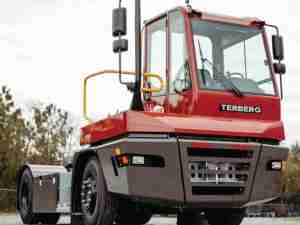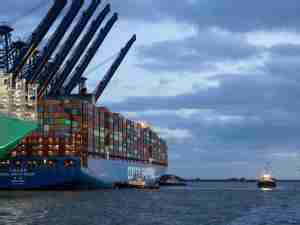The $23 billion project, which includes a $5.3 billion port, will link Lamu to Ethiopia and newly independent oil-rich South Sudan, bringing investment and much-needed jobs to the region. A railway, pipeline, highway, airport and refinery would follow.
According to a master plan, an estimated 500,000 barrels per day of crude oil will need to piped out of South Sudan to Lamu.
Financing for the massive project is uncertain and observers also question whether the government has thought through the many other obstacles -- from the effect on local industry to concerns the shipping activity will attract pirates from neighboring Somalia.
Environmentalists say the multi-billion port at Manda Bay, which juts out into the Indian Ocean towards the islands of Lamu, Manda and Pate, will destroy delicate marine life and choke coral reefs and mangroves.
Lamu fishermen complain that dredging will kill off their livelihood and residents are angry they will be forced off land they have lived on for centuries.
The government of Kenya prefers to focus on the huge potential and is intent on breaking ground in two months.
"It will be the single major project since the country gained independence," Land Minister Joseph Orengo told Reuters.
"If southern Sudan decides to use Lamu port as its major export point, what we're going to earn is colossal even compared to the business we're doing now through Mombasa (port)."
Groundbreaking in November
President Mwai Kibaki will host a groundbreaking ceremony in November to be attended by regional heads of state, by which time Kenya hopes to have awarded the first construction tender for the first phase of the project -- dredging and building three berths.
The government will hold an investment conference before then to attract private and public funds to cover part of the cost. The Kenyan government's own contribution will be found in successive budgets, Orengo has said.
Government funds earmarked so far include about 3 billion shillings ($30 million) earned from the sale of a state-owned hotel and more than 5 billion shillings allocated in the 2011/2012 budget.
The African Development Bank has expressed an interest.
"We believe that the Lamu corridor will not only be viable but it will also help decongest the Mombasa port," Jeremiah Mutonga, the AfDB's resident representative, told Reuters.
"Looking at it as a whole, we believe it might not be that viable immediately. But definitely in the medium-long term, Lamu is viable."
The first berths should take between two and three years to complete, Orengo said. The plan is to construct a total of 21 berths by 2030, compared to 18 in Mombasa, where aging infrastructure hinders the port's ability to handle large ships and trade activity.
The berths can accommodate crude oil carriers with dead weight tonnage of up to 200,000 tons and a capacity of two million barrels of oil.
Turquoise Waters
The fishermen who bring in barracuda and shark and young men who transport tourists from the mainland to their island resort camps say the port will spell disaster.
Fisherman Mohamed Ali says waste from the tankers deposited in the clear, turquoise waters will kill his business.
"It will kill everything. It will be the end of fishermen on the island," said Ali, known on the island as Captain Banana, sporting colored beads and silver rings.
Abubakar el-Amoudy, chairman of local environmental umbrella group Save Lamu, filed a petition to the environment ministry complaining about the government's intention to fast-track the port while ignoring the community's concerns.
"We don't object to the establishment of the port but we want a healthy environment," he told Reuters in Lamu, where a few dozen people held a protest demanding the government be more transparent about its p
_-_28de80_-_b390e15f4e7cecc480b0e2a5af38c5cd07047726_yes.jpg)

_-_28de80_-_939128c573a41e7660e286f3686f2a6e25686350_yes.jpg)







